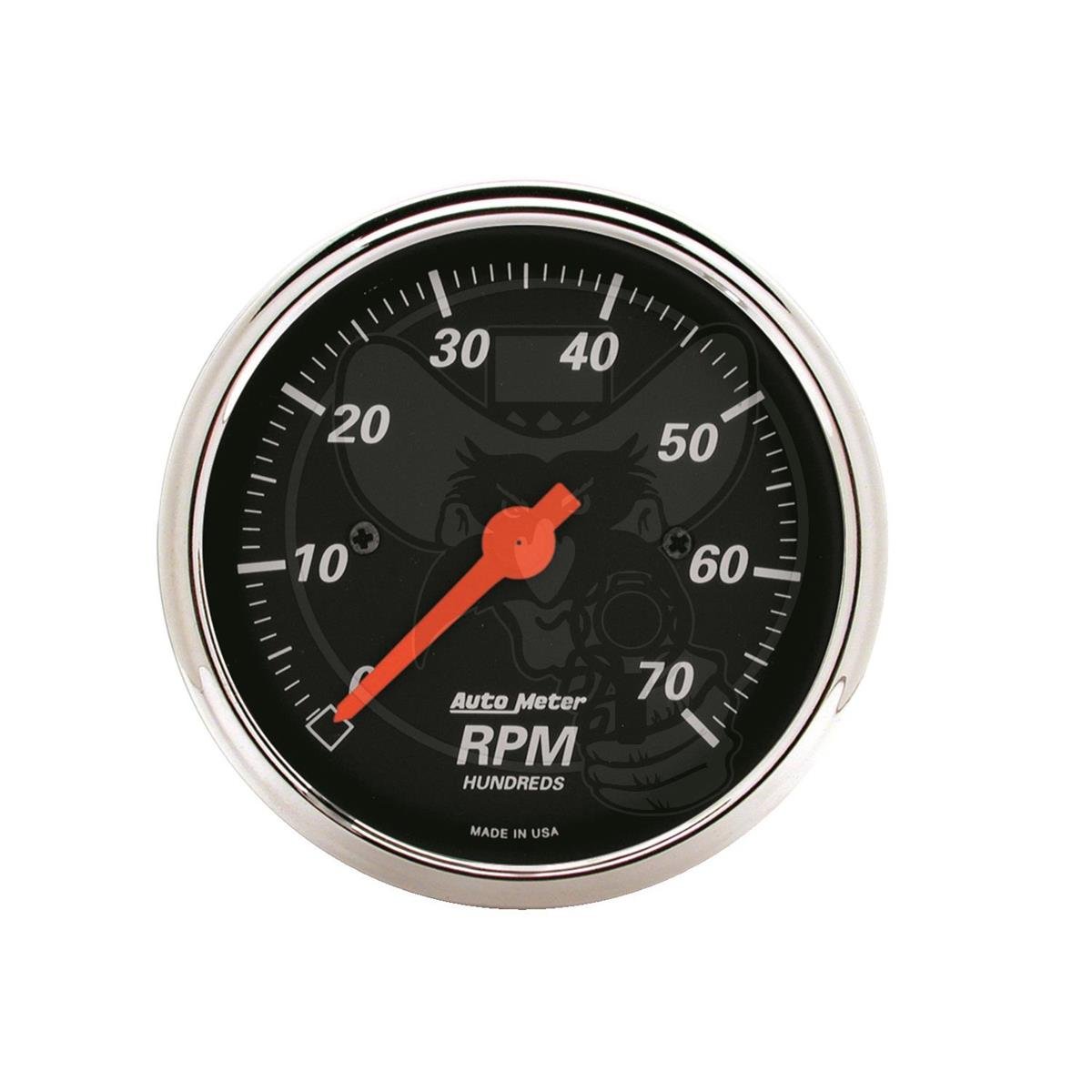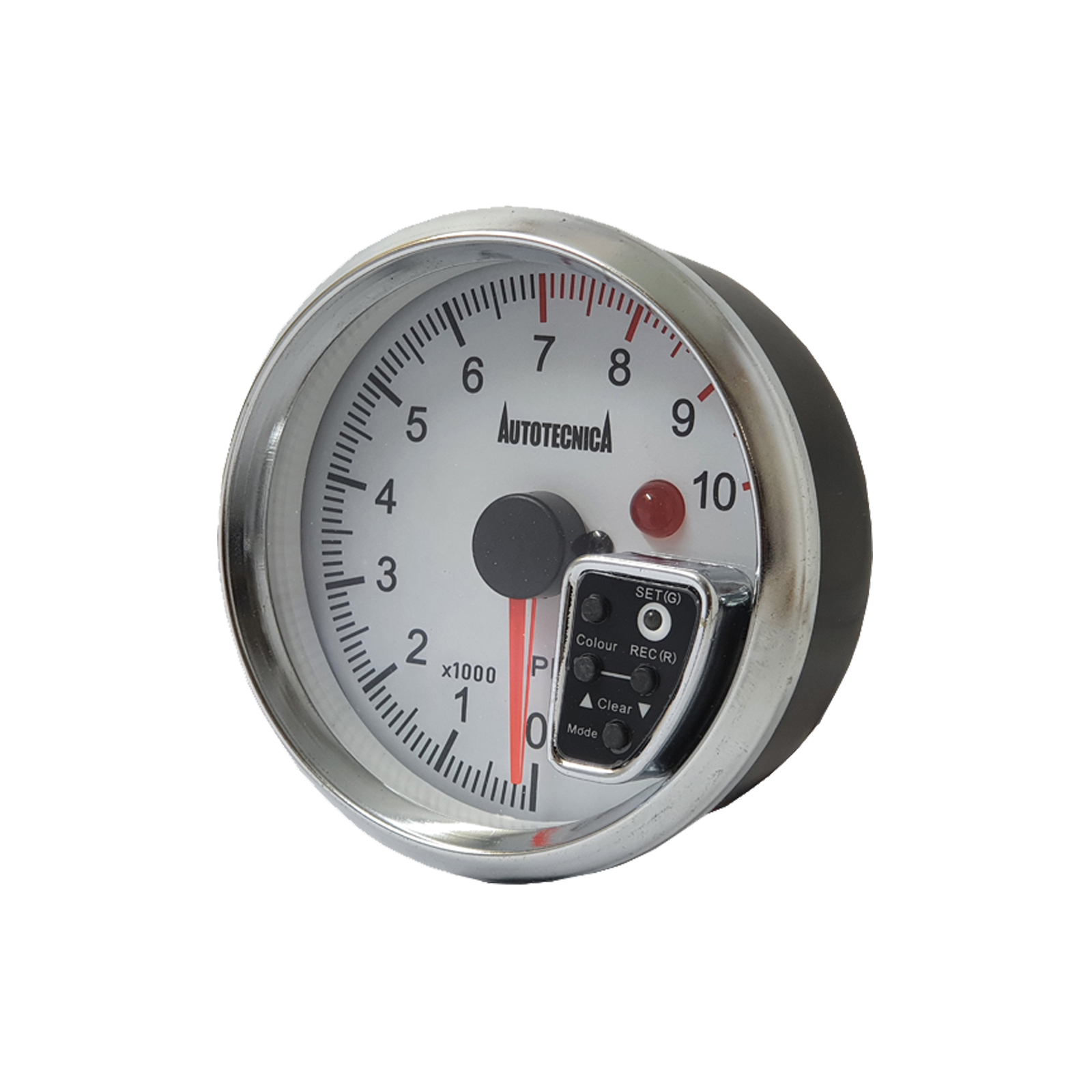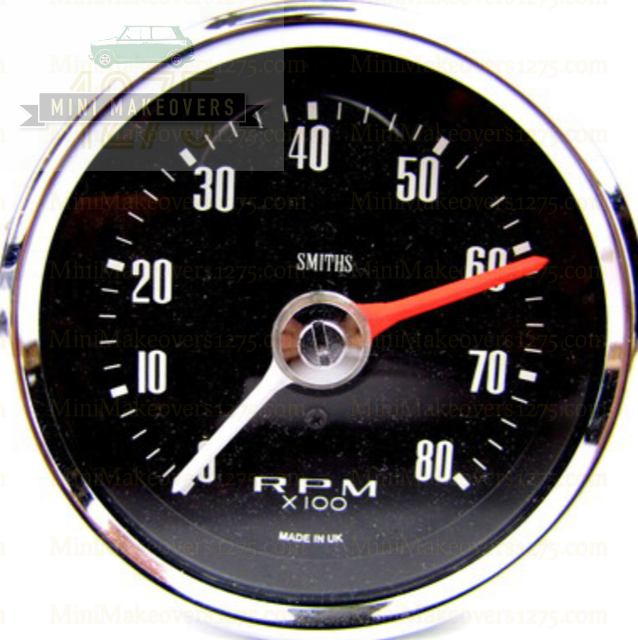Top Reasons Why Every Driver Needs a High-Quality Tachometer
Top Reasons Why Every Driver Needs a High-Quality Tachometer
Blog Article
The Importance of a Tachometer in Checking Engine Speed and Performance in Automotive Applications
In the realm of vehicle engineering, the tachometer stands as a critical instrument in the vehicle driver's collection, supplying a straight home window right into the internal workings of a vehicle's engine. Beyond its function as a mere gauge of transformations per minute (RPM), the tachometer offers as an essential device for fanatics and professionals alike, offering real-time understandings into engine efficiency and health. Understanding the significance of this tool exceeds surface-level observations, delving into the elaborate connection between engine rate, power output, and overall driving experience. As we check out the complex role of the tachometer in automotive applications, a much deeper admiration for its effect on lorry characteristics and efficiency begins to arise.
Significance of Checking Engine RPM
Checking engine RPM, or revolutions per min, is a vital aspect of automotive upkeep and performance evaluation. Engine RPM directly associates with the speed at which the engine's crankshaft rotates, suggesting exactly how promptly the engine is running - tachometer. By keeping an eye on RPM, auto mechanics can assess the health of the engine, spot possible problems, and fine-tune efficiency. An unusual RPM reading might indicate troubles such as engine misfires, malfunctioning ignition system, or concerns with the fuel delivery system. Constantly high RPM analyses could suggest hostile driving habits or the need for a greater gear change to enhance fuel performance.
Furthermore, keeping an eye on engine RPM is crucial for efficiency evaluation in racing and high-performance vehicles. In recap, monitoring engine RPM is not just vital for detecting issues but additionally for enhancing engine efficiency in different automotive applications.

Advantages of Real-Time Information
In automobile applications, real-time data plays a vital role in supplying immediate understandings into the efficiency and problem of the car. By continually monitoring numerous parameters such as engine speed, temperature level, fuel intake, and extra, real-time data provides many advantages that add to improved effectiveness and safety on the roadway.
In addition, real-time information helps with performance optimization by giving immediate comments on driving habits and engine effectiveness. Drivers can readjust their habits in real-time based on this details to accomplish far better gas economic situation and prolong the lifespan of their automobile.

Moreover, real-time data plays a crucial function in modern-day automotive diagnostics, making it possible for professionals to swiftly identify and deal with breakdowns. This brings about lowered downtime, reduced maintenance costs, and inevitably, enhanced total automobile dependability and longevity (tachometer). By using the power of real-time information, auto stakeholders can make educated decisions that favorably great post to read influence both the performance and durability of the vehicle
Effect On Equipment Shifts
Efficient equipment changes in vehicle applications dramatically affect general performance and driving experience. The tachometer plays an important role in maximizing equipment changes by supplying real-time engine rate information to the chauffeur. When approaching the redline on the tachometer, it signals the vehicle driver to upshift to avoid over-revving the engine and triggering prospective damage. On the other hand, downshifting at the right moment can assist preserve the engine in its power band, guaranteeing receptive acceleration when needed.
Additionally, the tachometer aids in attaining smoother gear shifts, specifically in manual transmissions. By checking engine rate, motorists can implement equipment changes at the optimum RPM range, decreasing snagging activities and reducing wear on the transmission parts. This accuracy on duty modifications not only improves driving convenience but likewise great site adds to sustain effectiveness.
Enhancing Fuel Efficiency
Given the vital duty the tachometer plays in enhancing equipment changes for performance and engine health, it straight adds to taking full advantage of gas efficiency in automotive applications. By supplying real-time comments on engine rate, the tachometer helps drivers in preserving the most effective RPM range for gas economy. When drivers consistently keep track of the tachometer and readjust their driving practices as necessary, they can prevent unneeded fuel intake triggered by over-revving or carrying the engine.
Moreover, the tachometer aids motorists recognize one of the most fuel-efficient gear to be in at any type of given moment, preventing the engine from working more challenging than necessary. This is particularly crucial throughout velocity and travelling, where remaining in the right equipment can dramatically impact gas effectiveness. Furthermore, the tachometer can alert drivers to possible mechanical issues that might be adversely affecting fuel economy, such as a slipping clutch or a stopped up air filter. In conclusion, the tachometer offers as an important device in enhancing fuel performance by promoting optimum driving routines and recognizing locations for renovation in the automobile's efficiency.

Optimizing Engine Durability
The tachometer's role in monitoring engine speed and performance contributes in guaranteeing the durability of automobile engines. By making use of the tachometer efficiently, motorists can enhance engine durability through mindful RPM administration. Regularly revving an engine too expensive can lead to extreme wear and tear on important parts, such as the pistons, valves, and bearings. Gradually, this can lead to decreased engine performance and prospective malfunctions. Checking the tachometer permits vehicle drivers to stay within the recommended RPM variety for their automobile, protecting against unneeded stress on the engine and prolonging its life-span.

Final Thought
To conclude, the tachometer plays an important duty in keeping an eye on engine speed and performance in vehicle applications. By supplying real-time data on RPM, it allows for effective equipment shifts, improved fuel performance, and optimized engine long life. This tool is necessary for maintaining optimum engine performance and making certain the total performance of a vehicle.
Report this page